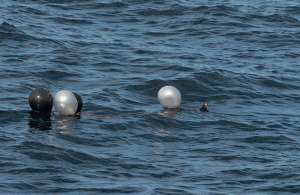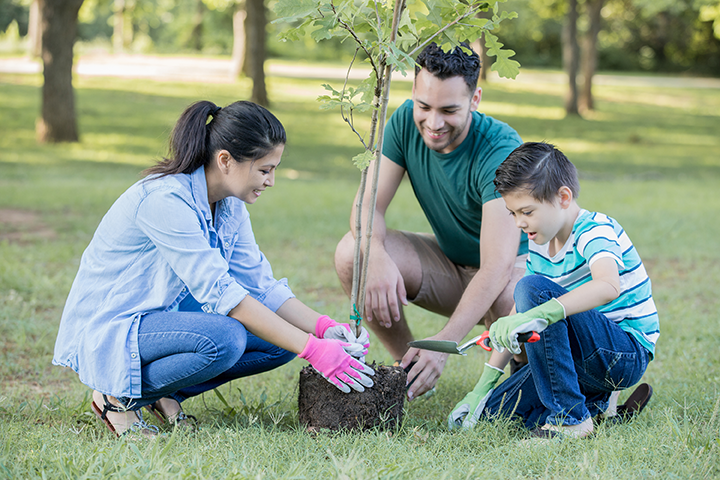Mid-Atlantic Aquariums Join MARCO/MACO Balloon Release Reduction Campaign
Through a grant from NOAA’s Marine Debris Program to MARCO, the Mid-Atlantic Committee on the Ocean’s (MACO’s) Marine Debris Work Group, is creating a Balloon Release Reduction Campaign. The Marine Debris Work Group is pleased to announce the participation of three aquariums in the Mid-Atlantic; New York Aquarium, Virginia Aquarium & Marine Science Center and the National Aquarium as well as the national Aquarium Conservation Partnership (ACP).
The participation of the aquariums throughout 2020 has been vital to drafting and testing messages for the campaign strategy, which they will play a large part in implementing. Together, the aquariums and the Work Group aim to change public behavior to choose alternatives to balloon releases. To accomplish this goal, the Work Group, including representatives from all five states, NOAA, EPA, several non-profit groups, a contractor (OpinionWorks), the three aquariums and the ACP, created a series of images and messages that have been tested on the public. Interviews have been held and the feedback analyzed to determine the most effective messages with the potential to change people’s behavior. Currently, the most impactful images have been of an entangled bird trying to swim with a balloon attached to it and an image of a family planting a tree to honor a lost loved one. Through the focus groups, it became clear that the campaign will need to pair messages about the impacts to wildlife with alternatives to balloon releases and show them simultaneously so that viewers understand both the problem and the solution in one message.

Credit: Jill Fraser-Smith
The Marine Debris Work Group is excited to continue collaborating with the aquariums and ACP in the upcoming year to finalize messaging and begin distribution of materials. “Despite the current challenges of the pandemic and aquariums often having to shut down, or reduce their number of visitors, our aquarium partners have been key in helping us discern which messages will resonate best with their visitors and especially in reaching out to test messages with under-served communities,” according to the work group’s leader, Laura McKay of the Virginia CZM Program. ”
Balloons are unique among all the manmade litter and debris found in the ocean and on the land because helium-filled balloons (and their attachments including plastic valves, disks, and ribbons) are a form of litter that people often purchase with the deliberate intent of releasing them into the environment. Some people make the connection that when balloons go up they come back to Earth as potentially harmful litter. However, too many participate in balloon releases without making this connection. Released balloons can drift hundreds of miles from west to east and out over the Mid-Atlantic Ocean. Volunteers have found balloons on our beaches from as far away as Kansas. Two major concerns with balloons’ impacts on wildlife are entanglement and ingestion, both of which can be deadly and harm a wide range of animals from sea turtles to birds and horses.
Share this:







